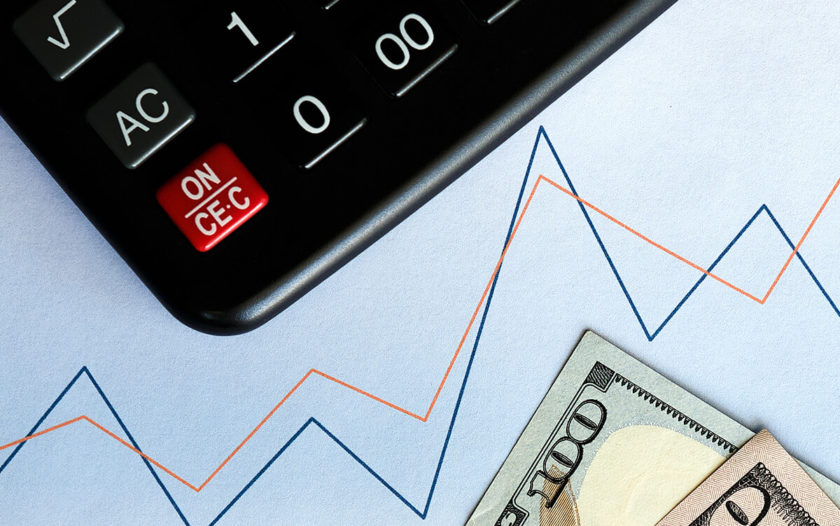How to Get a Low-Interest Rate Credit Card
About Stefanie
Stefanie began her career as a journalist, reporting on options, futures, and pension funds, and most recently worked as a writer and SEO content strategist at a digital marketing agency. In her free time, she enjoys teaching Pilates and spending time with her daughter and Siberian Husky.
Read full bio
At a Glance
Credit card interest rates are much higher than other types of debt, such as mortgages. The average credit card interest rate is around 16%, with the average interest rate for a borrower with bad credit an even higher 23.5%.1 If you qualify, getting a low-interest credit card can help you save money since paying less in interest means you’ll be able to pay back your balance quicker. We’ll go over the basics of credit card interest rates and tips for finding one with low interest.
How to find cards with low rates:
- Check credit score
- Rank your priorities
- Apply for a 0% APR card
- Look into credit union cards
Do interest and APR mean the same thing?
In this article, we’ll be using the terms “interest rate” and “Annual Percentage Rate (APR)” interchangeably. With other financial products, the two can mean different things. But with credit cards, they’re the same. That’s because the federal Truth in Lending Act requires that companies show their interest rates as APRs since the APR shows the real cost of taking out credit.
What are credit card interest rates?
Credit card interest rates refer to the cost of borrowing money on a monthly basis from a credit card company. This cost is usually presented as a yearly interest rate known as an APR. Interest rates only apply to you if you don’t pay your statement balance in full by the end of each billing period.
How do I find my card’s interest rate?
Your account’s interest rate is listed on your monthly statement, usually on the first page.
Main categories of interest rates
Credit card interest rates fall into two main categories:
Variable: Variable rates base interest on index benchmarks like the Federal Reserve Discount Rate. The credit card company will take that benchmark rate and add a margin-usually a few percentage points-to come up with their interest rate.
Pros: Variable interest rates are generally lower than fixed rates.
Cons: Variable interest rates can decrease or increase at any time, based on their index. Your issuer is under no obligation to let you know when the rate changes.
Fixed: Fixed rates don’t change-you know exactly how much interest you’ll be paying month to month.
Pros: Your issuer must give you a 45-day notice if your rate is going to change.
Cons: Fixed rates are higher than variable rates, so you have a tradeoff between stability and saving money.
Types of interest rates
There are different types of APR’s for different types of balances. A single card can have several APR’s. These include:
- Introductory APR: Promotional incentive that some credit cards offer to attract new customers for a limited amount of time. The rate is lower than the regular APR rate, sometimes 0%.
- Cash advance APR: Rate you pay when you take out money from the bank or ATM with your card.
- Purchase APR: The interest rate on what you buy with your card when you don’t pay your statement balance in full.
- Balance transfer APR: The interest rate on balances transferred from credit cards or loans to your credit card. In many cases, you’ll receive a low rate for a predetermined number of months before transferring to the regular APR.
- Penalty APR: What you’ll pay if you miss a due date by over 60 days. The average penalty rate is 29.99%. This rate will be lowered to the normal interest rate once you make six consecutive on-time payments.
When interest rates can increase?
Interest rates can increase for any of the following reasons:
- The index rate that the APR is based on increases.
- The issuer offered a lower promotional rate as an incentive to sign-up for a card, but the promotion period has ended.
- You’re late making a payment, causing the lender to increase your rate.
- No reason at all: credit card companies are allowed to raise interest rates for no reason as long as you’ve had the card for under a year.
Tips for finding credit cards with low rates
Here are a few ideas for finding cards with low interest rates:
This will give you a starting point for checking the types of low interest cards you qualify for since most cards will let you know what the minimum score is. Issuers tend to give the lowest APR cards to borrowers with good credit.
The cards with the absolute lowest rates may not have other attractive features like rewards programs. Make sure to consider whether the lowest APR is worth not having other benefits.
Cards with 0% APR promotions are very helpful for saving money as long as you know you have the cash flow to pay the balance off before the introductory period ends. 0% interest cards like this are also helpful for transferring and paying the balance off debt from a high-interest card.
While unions usually require that you become a member, many don’t charge fees to join.
How to lower your interest rate?
To lower your interest rate on your current card, you can try negotiating with your credit card company. Call your current credit card issuer (usually the customer service number on your card) and ask to speak with a representative.
You’ll have a much better chance of lowering your rate if you’ve consistently made your payments on time, have a good credit score or have improved your score since your account opened, and if you’ve been a customer for a while. Don’t forget to mention better rate offers that you’ve received from other issuers.









